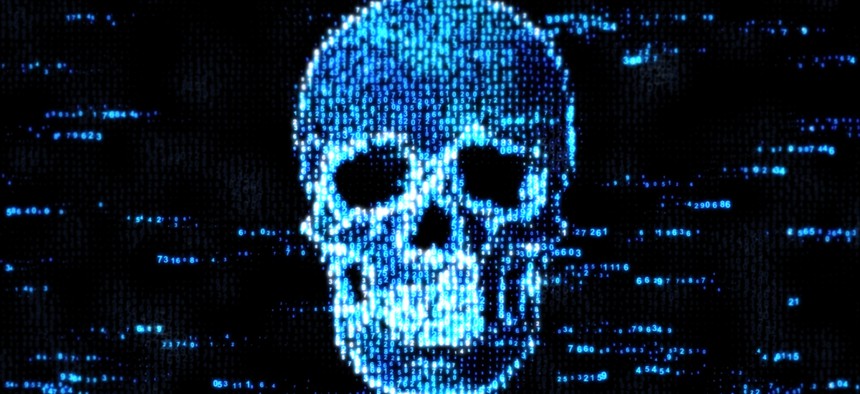6 Steps for Preventing Large-Scale Cyberattacks

SWEviL/Shutterstock.com
Preparation now can pay off later.
The threat of massive cyberattacks on the U.S. and its allies from unfriendly state actors is growing and federal organizations need to prepare for these attacks now.
Federal agencies, financial institutions and other critical infrastructure can be attacked a number of ways. Denial-of-service attacks can leave critical organizations without service for hours or days. Data corruption or encryption can cause organizations to lose access to their data, potentially for good. Logs and logics tampering can result in false reports that make IT leaders think everything is working properly when in reality, there are system issues.
These attacks are meant to create panic among the public and make citizens question the stability of their government and its leadership. We don’t know if or when these strikes will occur, making it increasingly crucial to take necessary precautions to monitor for and prevent large-scale cyberattacks.
Federal organizations need to embrace the idea that they have likely already been hacked and do not realize it. State-sponsored attacks are planned and deployed in advance—sometimes months or years before the actual activation. In other words, federal organizations may already have backdoors in their systems, such as a trojan installed or a worm that spread with the intent of mapping their network and marking critical assets. Lastly, an organization may think it is 100 percent compliant and safe, but a third-party they work with or their employees may unknowingly put them in danger. Cybersecurity is everyone’s problem, and an honest mistake can come with a serious cost to the company, its employees, its partners and users.
But federal organizations can take several steps to keep their networks safe.
Monitor network traffic. Organizations should keep their logs for at least a year and use them to set baselines. There are many different assets in the cloud and each one has its own behavior. Proactively monitoring network traffic means organizations are able to find an unusual file being downloaded (payload) or unusual traffic going out of their network (exfiltration).
Manage access. A malicious actor may already have the keys and credentials that grant them permission to do whatever they want in a network. Consequently, it is important for organizations to change their keys and credentials on a regular basis. A malicious actor could also use high credentials when the employee who owns them is at home, not using them. It is crucial to enforce a strong password policy and periodically make users change their log-in credentials.
Provide only necessary permissions. Federal organizations should not give users permissions they do not need for their everyday job. If every now and then they need a specific permission, give it for a predefined time.
Leverage multi-factor authentication. This simple step can save an organization’s network. A text message is not enough. Leverage multi-factor authentication capabilities whenever they are available.
Put two-way security configurations in place. It is not enough for an organization to only look at the configuration of permissions for traffic coming into their network. They must also look at the configuration and what is allowed to leave the network.
Compartmentalize the network. The human resources department does not need access to the development environment. The quality assurance environment should not be connected to production. That includes two of the biggest problems IT staff face: personal devices and internet-of-things devices.
Ensure awareness. This tends to be the simplest and at the same time, most overlooked step. Many organizations do not do a thorough job of educating their employees. It is important to remind employees to be wary of links and downloads from unknown sources. They also need to be on their guard and suspicious of email spoofing.
These steps are important every day, not just during a threat or active cyberattack. Federal organizations should take this opportunity to enforce all their current procedures and listen to their CISOs when they want to put new safeguards in place.
Shira Shamban is a data analysis project lead for Dome9 and formerly a military officer in the elite intelligence unit 8200 of the Israel Defense Force.





